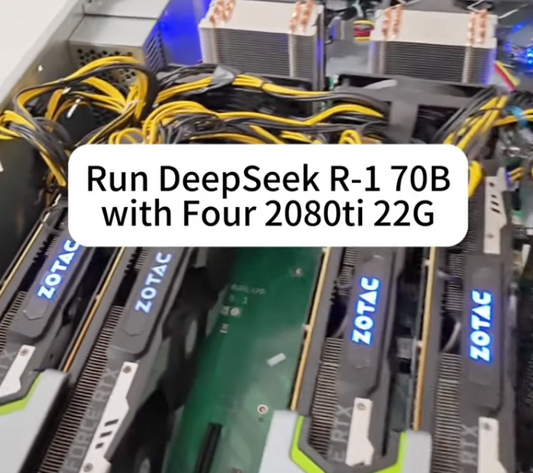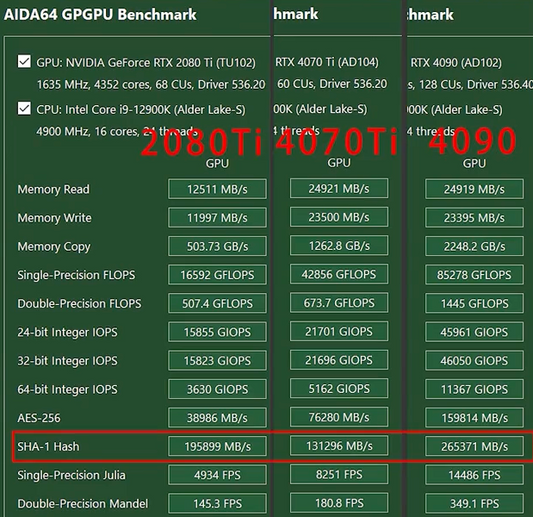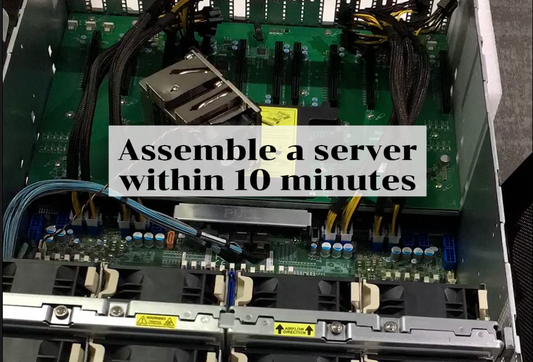Comparative Analysis of AI Graphics Performance: RTX 3070 16GB vs RTX 2080 Ti 22GB
In this technical exploration, we delve into the performance disparities between the RTX 3070 16GB and the RTX 2080 Ti 22GB, evaluating their capabilities in the realm of AI graphics through a rigorous testing procedure. The burgeoning field of AI drawing, a domain so influential that it has revolutionized traditional illustration methods, is our battleground. Harnessing the power of AI, individuals can unlock the full spectrum of their creativity, enabling broad sharing and even commercial utilization of their imaginative works.
Test Environment
The foundation of our assessment lies in a robust hardware configuration featuring stable diffusion as the platform for our AI drawing software. The hardware components include an i5 13400 10-core processor and a B760M Metal Master motherboard paired with 32GB of RAM. This configuration, characterized by its mainstream prevalence, ensures that computational bottlenecks are minimized during the testing process.
The Star of the Show
MSI RTX 3070 16GB: Our primary focus is on the MSI RTX 3070, a graphics card that has earned its reputation as a stellar performer in the AI graphics domain. For this evaluation, our client has upgraded the RTX 3070 to an impressive 16GB of video memory, setting the stage for an in-depth comparison. While the original 8GB video memory configuration is adept at handling AI graphics tasks, the demand for higher capacities becomes evident as these tasks approach the limits of the 8GB threshold.
Testing Methodology
To scrutinize the performance of both graphics cards, we employ an AI graphics test. The parameters under examination include the sample iteration rate and the number of steps, with the base value set at 20. This meticulous adjustment allows us to gauge how each card handles the intricacies of AI drawing, providing valuable insights into their comparative performance.
Results
The final results of the test are presented in a video format, offering a visual representation of the cards' capabilities. By assessing the output generated under varying parameters, we aim to ascertain which graphics card emerges as the superior choice for handling AI graphics tasks, especially in the context of memory-intensive applications.
Conclusion
In this technical analysis, we aim to answer the pivotal question: Who reigns supreme in the realm of modded video memory—RTX 3070 16GB or RTX 2080 Ti 22GB? The outcome of this comparative assessment will provide valuable insights for users seeking a graphics card that excels in the demanding landscape of AI graphics, offering a nuanced perspective on their respective strengths and limitations.



